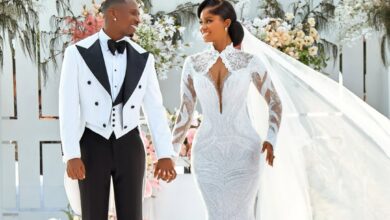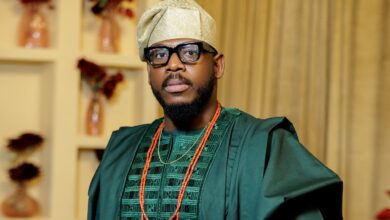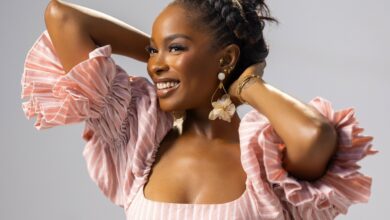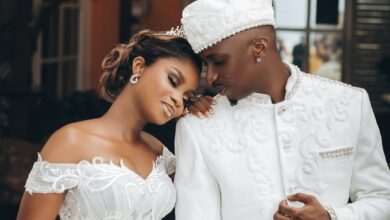Nigeria’s Most Popular Hairstyles
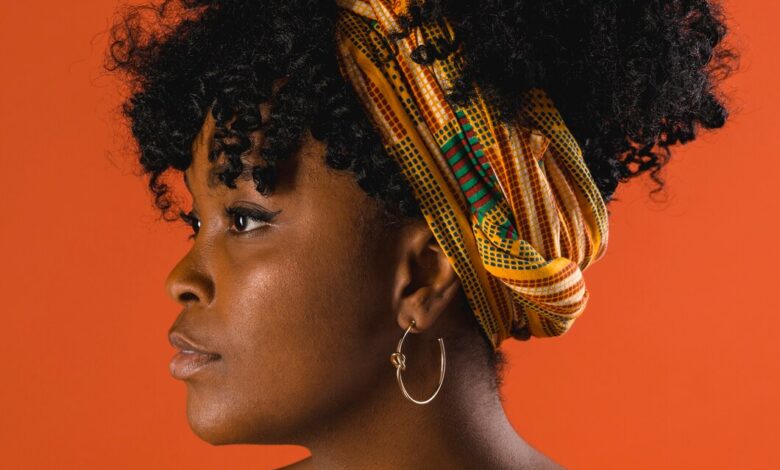
Nigeria, known for its rich cultural diversity and vibrant fashion scene, also boasts a dazzling array of hairstyles that reflect both tradition and modern trends. From urban centers to rural villages, hairstyles in Nigeria are more than just a fashion statement; they are a form of cultural expression and identity. Here’s a look at some of Nigeria’s most popular hairstyles that continue to captivate and inspire:
1. Braids (Cornrows)
Braids, particularly cornrows, are perhaps the most iconic Nigerian hairstyle. This intricate weaving of hair close to the scalp has deep cultural roots and has evolved into various styles over the years. From simple straight-backs to more elaborate patterns and designs adorned with beads and cowries, braids are versatile and suitable for all ages and occasions.
2. Afro
The Afro hairstyle holds a significant place in Nigeria’s history, symbolizing pride, identity, and resistance. It became a powerful statement during the Black Power movement and remains a popular choice today. Natural and voluminous, the Afro celebrates the beauty of textured hair and is often styled with picks, headbands, or left to its full majestic glory.
3. Weaves and Extensions
Weaves and extensions offer endless possibilities for length, volume, and style variation. From silky straight weaves to curly extensions, Nigerian women embrace these options to change their look dramatically. Weaves are often sewn in or glued to natural hair, allowing for flexibility in styling and maintenance.
4. Gele
Gele is not just a hairstyle but a traditional Nigerian headwrap worn by women for special occasions such as weddings, parties, and cultural ceremonies. Geles are made from a variety of fabrics, intricately wrapped into elegant shapes atop the head, often complemented with makeup and accessories.
5. Dreadlocks
Dreadlocks, known as “dada” in Nigerian pidgin, are a beloved hairstyle choice that has gained popularity across various demographics. Symbolizing strength, spirituality, and cultural pride, dreadlocks are often adorned with beads, shells, or colored threads, reflecting personal style and beliefs.
6. Twists (Kinky Twists)
Kinky twists are another favored protective hairstyle among Nigerian women. These twists are created using two-strand or three-strand twisting methods with extensions, providing a low-maintenance yet stylish option that protects natural hair from environmental damage.
7. Shuku
Shuku, also known as “Suku” or “Godogo” in some regions, is a traditional Yoruba hairstyle characterized by a braided crown that extends vertically from the forehead to the crown of the head. This style is often adorned with beads, cowries, or colorful threads, making it a popular choice for cultural events and celebrations.
8. Bantu Knots
Bantu knots, originating from the Bantu people of Southern Africa but widely embraced in Nigeria, are small, coiled buns secured against the scalp. These knots can be worn as a protective style or unraveled into defined curls, offering versatility and a distinct cultural flair.
9. Patewo
Patewo, which means “clap” in Yoruba, is a hairstyle characterized by rows of tiny braids that are tightly packed and laid flat against the scalp. This style resembles a basket-weave pattern and is often embellished with beads or threads, adding a touch of elegance and cultural heritage.
10. Kolese
Kolese, a hairstyle commonly worn by Hausa women in northern Nigeria, involves braiding the hair into intricate patterns adorned with beads and cowries. This style is a symbol of beauty and cultural identity, passed down through generations as a cherished tradition.
In conclusion, Nigeria’s diverse hairstyles are not just about beauty but also about preserving cultural heritage and celebrating individuality. Whether embracing traditional styles or modern interpretations, Nigerian hairstyles continue to evolve, inspiring trends across the continent and beyond. These hairstyles are a testament to the creativity, resilience, and cultural pride of the Nigerian people, reflecting their rich history and dynamic fashion landscape.

